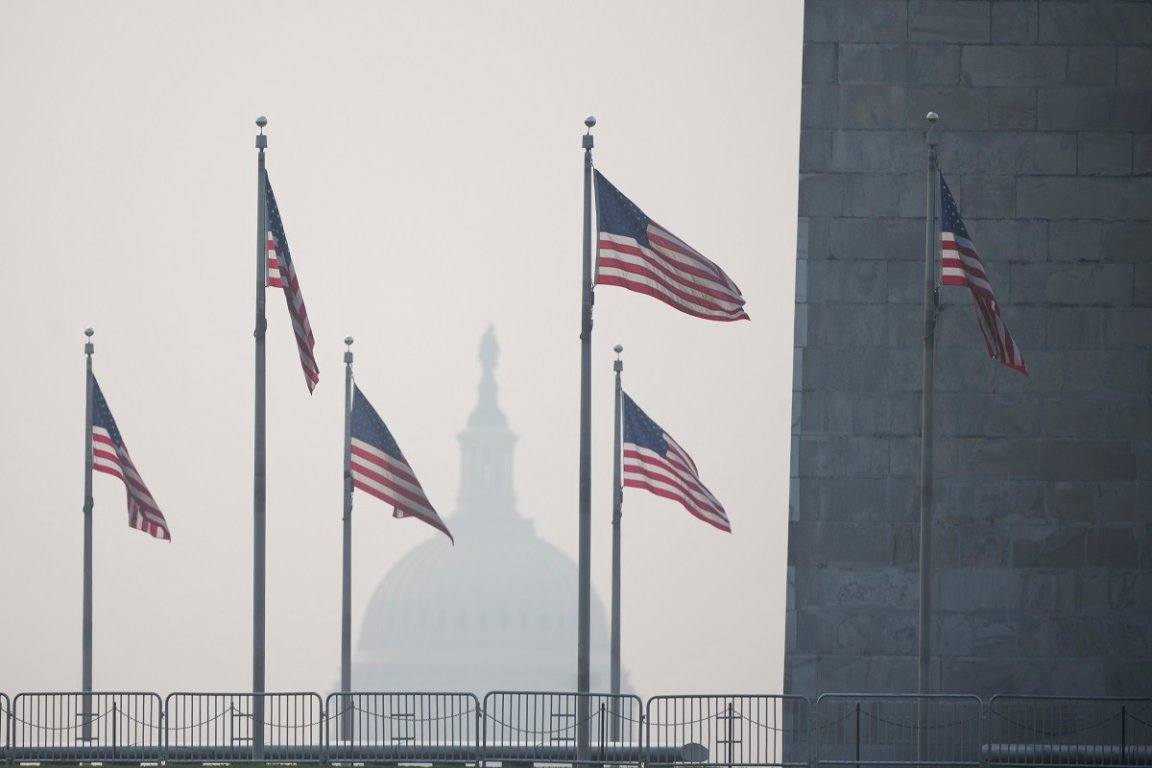
Back Again
Earlier in June, US cities across the east coast were visited by unwelcome smoke from wildfires in Canada. A pervasive orange-gray haze loured over places like New York City for days, spiking air pollution to dangerous levels.
That haze eventually cleared up, but the threat isn’t over. Canadian wildfires haven’t relented, leaving the US at the mercy of shifting weather patterns that are once again bringing the smoke southward.
Now, across the US, the air quality is again reaching dangerously poor levels, with 23 states issuing air quality alerts so far. By some estimates, that means over a third of the entire US population is now affected.
Alarming Pollution
This time, the midwest has suffered the vanguard of the smoke. Cities like Chicago, Cleveland, and Detroit — which was also affected during the earlier wave — have been blanketed in smog.
Forecasts show that the smoke is moving eastward, revisiting locales it’s already haunted, including New York. In Pittsburgh, the pollution has reached an absolutely astounding air quality index (AQI) of 245, or “very unhealthy,” according to AccuWeather — some of the worst air quality in the world.
In Washington DC, where the AQI is 217, officials have issued a “code red” warning.
High levels like those mean that even healthy people should limit their activities outdoors as much as they can, as the pollutants, primarily a fine particulate matter called PM2.5, can cause irritation to the eyes and throat and even difficulty breathing. According to the US Centers for Disease Control and Prevention, PM2.5 has also been linked to lung cancer.
Not quite seeing the writing on the wall, though, many outdoor events in affected areas have not been cancelled. The Pittsburgh Pirates, for example, have continued to play their game against the San Diego Padres after a brief delay, drawing criticism from players.
Climate Woes
Wildfires are a seasonal phenomenon in Canada, but this bout is the worst and most destructive the country has ever experienced.
So far, a record 20 million acres of land has been burned, and it’s unclear when the inferno will die out. The National Weather Service warned that there is “no end in sight” to the wildfires. As of now, there are some 500 active wildfires, up from 400 in early June.
Eastern provinces are the heart of the blaze, where Quebec has the most active wildfires. But the west coast hasn’t been spared either, with British Columbia just behind.
The devastating ferocity has been linked to rising temperatures brought by climate change, meaning that this could be a dangerous trend that may continue to plague the east coast in the future.
More on wildfires: As Smoke Fills the Sky, Google’s New AI Gives Wildly Inaccurate Info on Air Quality